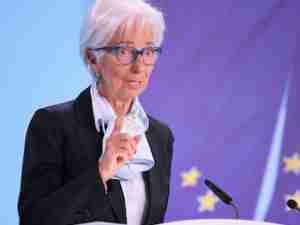Foreign-Trade Zone imports and exports hit record-high levels in 2012
posted by AJOT | Sep 04 2013 at 02:07 PM | International Trade
posted by AJOT | Sep 04 2013 at 02:07 PM | International Trade
The UK is still exporting fewer goods than before Brexit, as the economy becomes more reliant on selling services to the rest of the world, according to official data.
View Article
Chilean steel and iron ore producer Cap SA rose the most in two weeks after authorities slapped tariffs on some Chinese steel products, in a move that prompted the firm…
View ArticleChile imposed temporary anti-dumping tariffs on Chinese steel products used in the country’s mining industry in a bid to support faltering local producers. The move pushed Cap SA to reverse…
View ArticleEuropean Union foreign and defense ministers secured a political agreement on Monday to impose new sanctions on Iran over its attack on Israel.
View ArticleSouth Korea’s exports have made a brisk start to the second quarter based on early trade figures for April, brightening the outlook for economic growth.
View Article© Copyright 1999–2024 American Journal of Transportation. All Rights Reserved